Purebred Kangal Shepherd Dog Breed Information
The Kangal Shepherd Dog hails from the rugged terrain of Sivas, Turkey, and has earned a solid reputation as a dependable defender of livestock and property. These dogs stand out with their large size and distinctive black-masked fawn coat. They are the epitome of a working dog, balancing raw power, bravery, and a gentle nature. Known for their unwavering loyalty and instinct to protect, Kangals have a history of safeguarding animals from predators. Yet, they can be surprisingly soft, especially around children. When considering a Kangal Shepherd Dog, it’s intriguing to see how they can be both fierce protectors and loving companions, and it’s critical to understand their needs for a fulfilling life in both roles.
The Kangal Shepherd Dog is a dedicated guardian known for its loyalty and protective nature. They require ample space to roam and adequate training to manage their strength and instincts. While they excel in guarding, they also need social interaction and mental stimulation to stay balanced. Understanding and meeting these needs is critical for anyone considering a Kangal as a working dog or a family companion.
Key Takeaways
- Originating from Sivas, Turkey, the Kangal is a dependable livestock guardian.
- These dogs are powerful, yet exhibit a tender side with children.
- Kangals need space, training, and social interaction for a balanced life.
Quick Facts
The Kangal Shepherd Dog hails from Turkey and stands out as a sturdy and watchful breed, well-known for its instinct to guard. This large breed showcases a muscular physique and a thick coat that shields it from extreme weather. The history of the Kangal Dog goes back to ancient times when nomadic Turks may have brought them from Central Asia.
The Kangal is usually relaxed at home and interacts softly with kids. It’s vital, though, to socialize and train these dogs early to manage their innate guarding traits. Beyond herding, Kangals are helping in wildlife conservation, such as protecting cheetahs in Namibia from predators.
Keeping a Kangal in top shape involves regular physical activity, proper grooming, health check-ups, and a nutritious diet. Dog registries worldwide recognize this breed, and research into their genetics and unique qualities affirms their role as working dogs and pets.
Kangal Shepherd Dog Breed Pictures
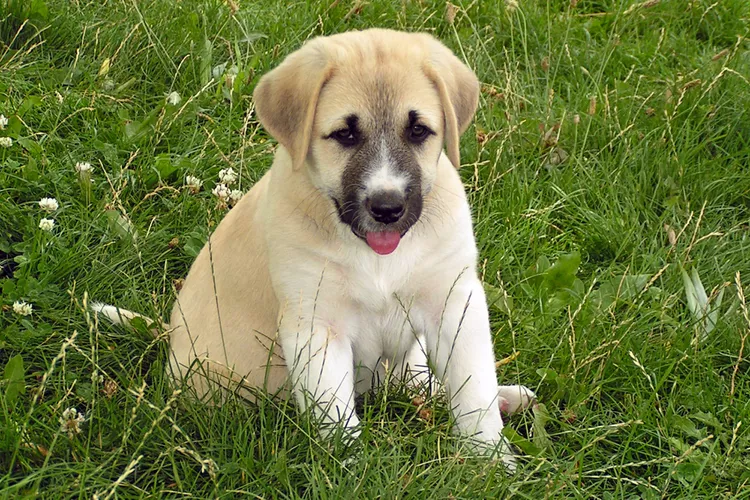
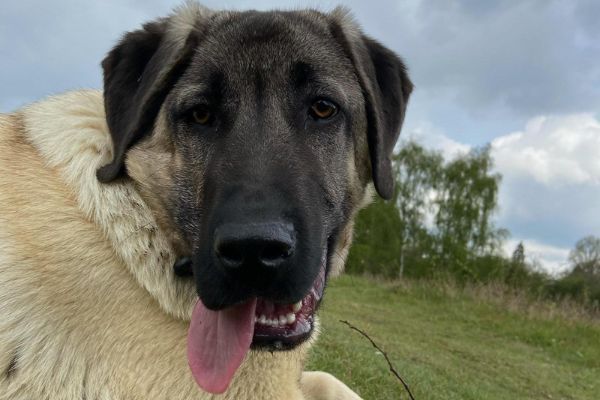
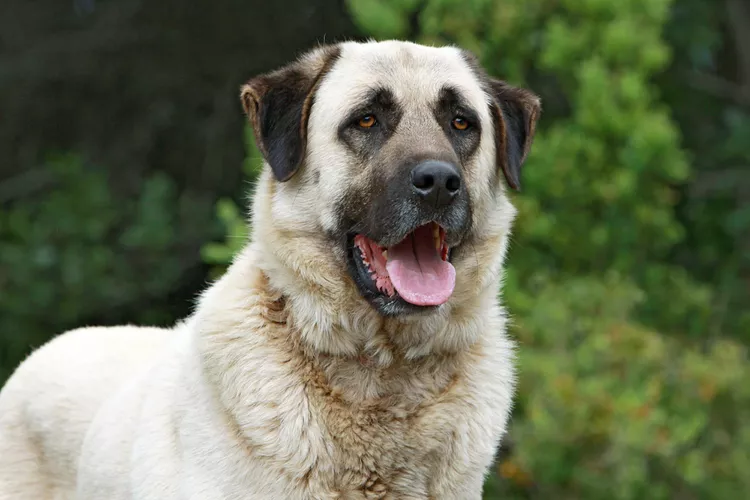
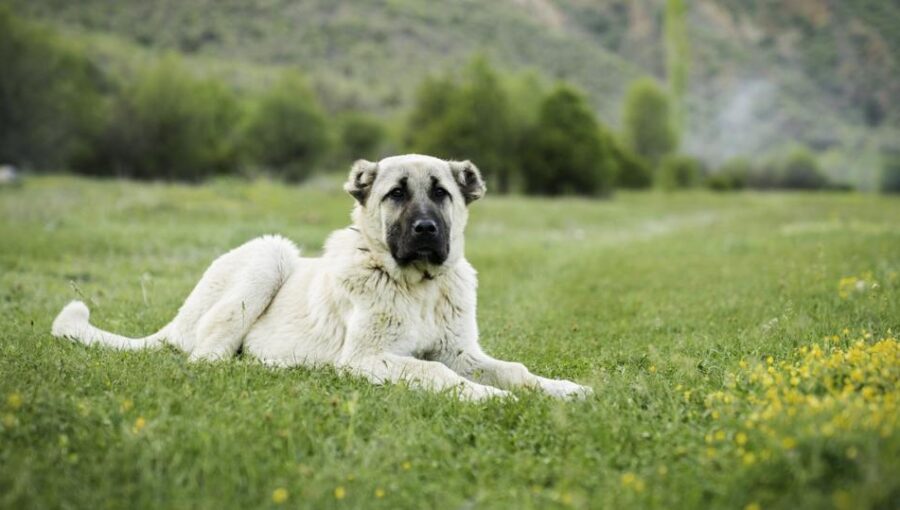
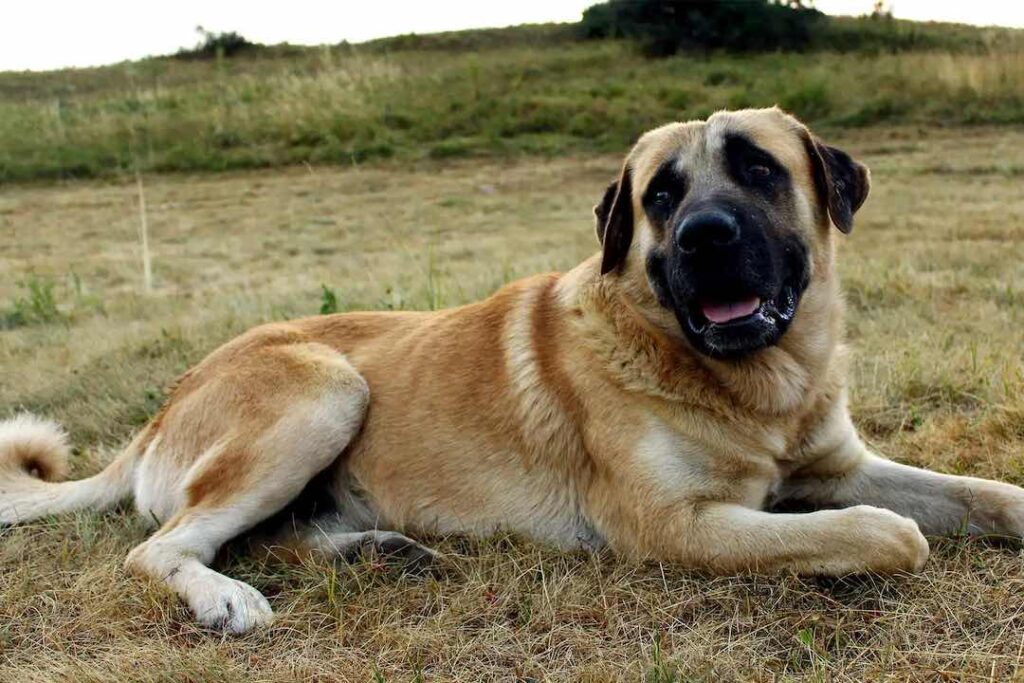
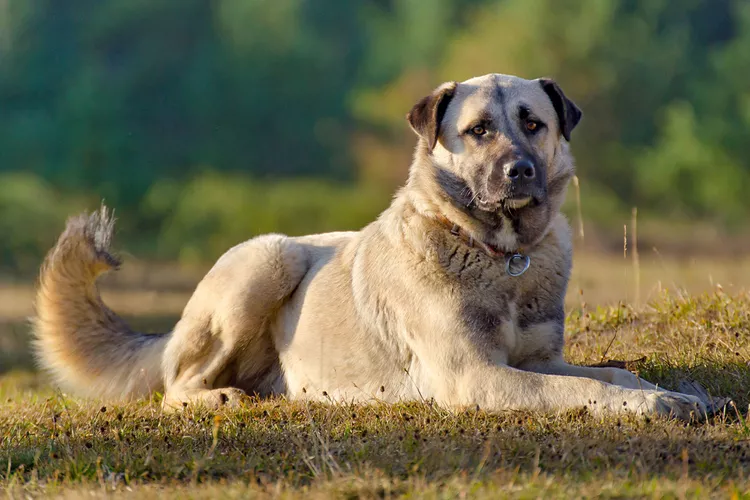
Overview
The Kangal Shepherd Dog has been a reliable companion to shepherds for generations. This robust and protective breed, originating in Turkey, likely descended from dogs that traveled with nomadic Turks from Central Asia. As a livestock guardian, the Kangal is known for its sturdy build, broad head, and thick coat that comes in light tan to dark gray shades. These dogs often stand tall, showcasing their physical prowess and agility.
These dogs are valued for their fierce loyalty, autonomous nature, and instinctual drive to protect. Their ability to fend off large predators like wolves and bears has made them a trusted ally for shepherds. Beyond their traditional role, Kangal Shepherd Dogs have also played a part in wildlife preservation, helping guard Namibia cheetah populations. To keep these dogs in top condition, they need plenty of exercise, a secure environment, consistent grooming, regular vet check-ups, and a nutritious diet to match their energy levels and muscular build.
The Kangal Shepherd Dog gained international recognition from the Fédération Cynologique Internationale in 1989 and the UK Kennel Club in 2013. Ongoing research is focused on understanding the breed’s genetic makeup and distinctive traits.
Breed’s Key Traits
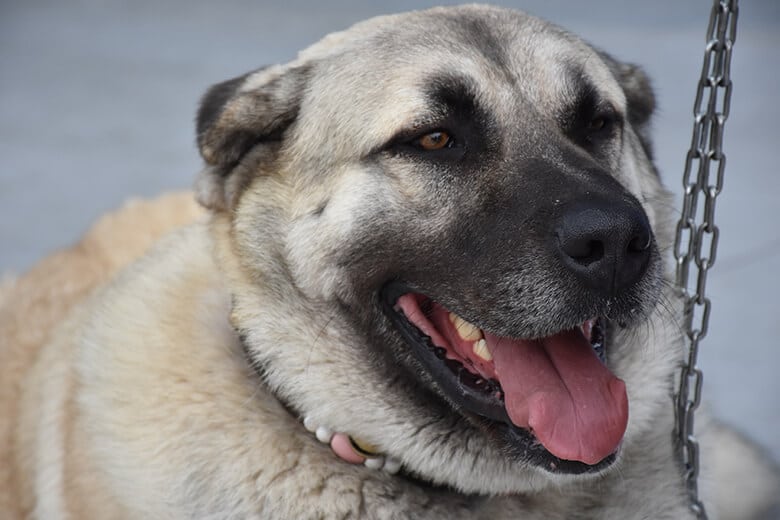
Kangal Shepherd Dogs are impressive creatures, known for their sheer size and muscle, which make them perfect for protecting livestock and being a reliable family pet. These dogs are large and robust, with a double coat that keeps them ready for various weather conditions.
Here’s a brief overview of the Kangal Shepherd Dog’s main characteristics:
| Trait | Description | Relevance |
|---|---|---|
| Build | Robust and muscular with a thick double coat | It makes them great for families and guard duty |
| Coat Color | Varies from light beige to dark gray | Blends with the environment and handles different weathers well |
| Temperament | Faithful, self-reliant, and kind around kids | It makes them versatile as working animals or pets |
| Protective Instincts | Innate urge to defend against threats | Crucial for the safety of livestock and property |
| Adaptability | Comfortable in various climates and landscapes | It makes them versatile as working animals or pets |
Kangal Dogs are well-known for their instinct to protect, which shows in their alert and sometimes territorial nature. This makes them excellent guard dogs. Research into their genes and behavior reinforces the breed’s natural abilities, highlighting why they’re valued as working dogs and faithful companions.
In discussing these dogs, they must note that their protective instincts are not just about aggression. These instincts combine with a loyal and gentle temperament with family members, making Kangals trustworthy protectors. Their adaptability to different environments means they can be a part of various households and work settings, demonstrating their versatility.
The Kangal Shepherd Dog’s muscular build and dense coat are not just for show. These physical traits give them the endurance and resilience needed to perform their protective duties effectively. The coat color, ranging from pale fawn to steel gray, is not just for aesthetics but serves a practical purpose, helping them blend into their surroundings, which is especially useful in guarding scenarios.
The Kangal’s qualities result from careful breeding and natural selection, which have honed their skills as guard dogs. Their strength, loyalty, and protective nature make them an ideal choice for those needing a dependable guard dog and a loving family member.
Origins in Sivas, Turkey
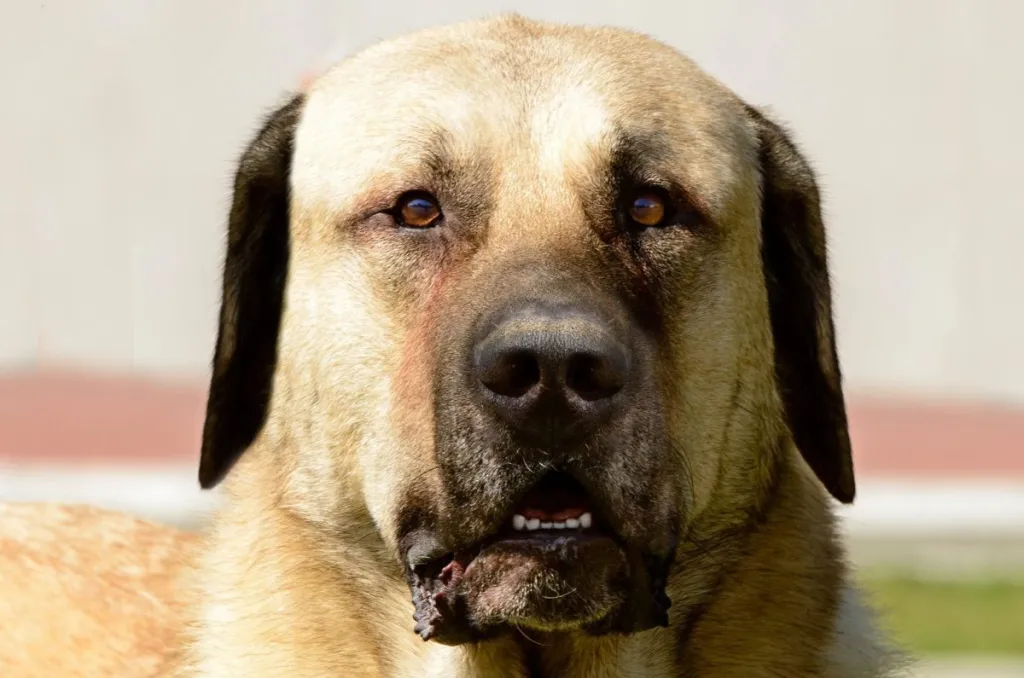
The Kangal Shepherd Dog boasts a deep-rooted history in the Sivas area of Turkey. Renowned for its role in protecting livestock, this breed has evolved alongside the agricultural customs of the region. The Kangal’s heritage and cultural impact are evident through several aspects:
- Its lineage can be traced to ancient working dogs.
- The breed has developed traits for stamina and an instinct to guard.
- It has shaped the herding traditions and way of life for local shepherds.
- The Kangal contributes to the rich diversity of dog breeds found in this part of Turkey.
Sivas Region Roots
In the challenging landscapes of Turkey’s Sivas region, the Kangal Shepherd Dog is a legacy of the area, particularly in the Kangal District. This breed, known for its strength and loyalty, has been a trusted companion of shepherds, safeguarding livestock from bears and wolves. The dogs are believed to have roots stretching back to ancient Turkish breeds, possibly brought over from Central Asia by roaming Turkish tribes. This connection is a testament to their deep-seated role in Turkey’s pastoral life.
The Kangal Shepherd Dog gained international recognition when the Fédération Cynologique Internationale acknowledged it in 1989, followed by the Kennel Club in the UK in 2013. Their sturdy physique and thick, weather-resistant coat, which varies from shades of light fawn to dark steel grey, make them well-suited for varying climates and terrains. These distinguishing features reflect the breed’s historical significance in traditional Turkish shepherding.
Breed Development History
The Kangal Shepherd Dog, deeply embedded in Turkey’s pastoral life, has its roots in the Sivas region’s dedicated breeding efforts—these efforts aimed at producing a reliable guardian against predators like wolves and bears. Originating from central Turkey, the ancestry of the Kangal Shepherd Dog is believed to date back to nomadic Turkic tribes from Central Asia. This breed was developed explicitly for its guarding abilities.
While some confusion exists due to regional naming differences, the Kangal Shepherd Dog is generally considered distinct from the Anatolian Shepherd Dog. The breed gained international recognition from the Fédération Cynologique Internationale in 1989 and the UK Kennel Club in 2013, highlighting its significant historical role.
Cultural Significance
The Kangal Shepherd Dog, hailing from Turkey’s Sivas Province, is a treasured part of the country’s cultural heritage. Known for their exceptional ability to protect livestock from predators, these dogs symbolize Turkey’s traditional pastoral way of life.
Research indicates that the Kangal may have originated from dogs brought to Anatolia by nomadic Turkish groups from Central Asia. The breed is praised for its natural protective behavior and strong guarding skills, making it an indispensable part of rural Turkish life.
The breed’s recognition by dog registries plays a crucial role in conserving its history and ensuring its ongoing contribution to Turkish culture.
Large Breed Dimensions
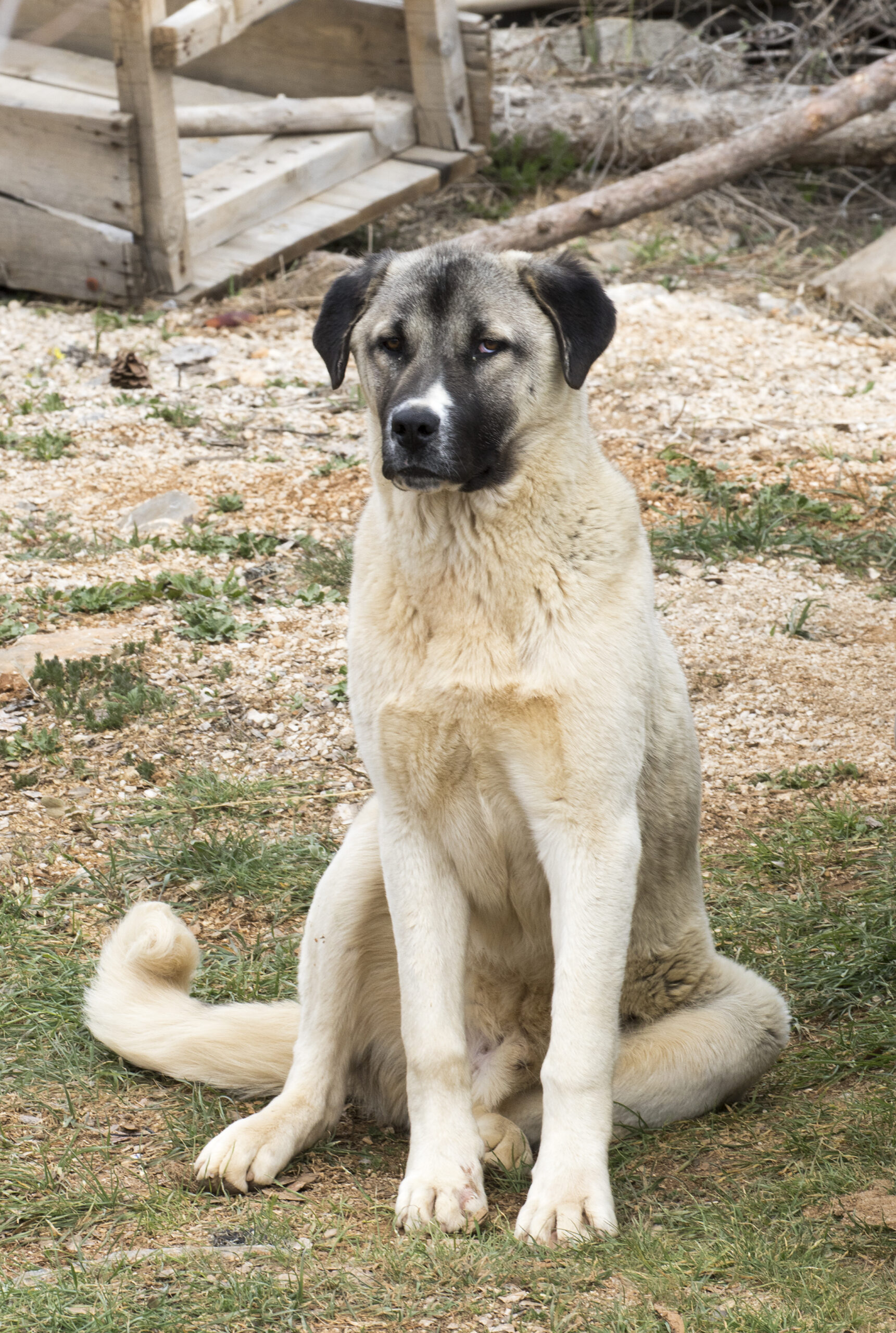
Understanding the Kangal Shepherd Dog means recognizing their impressive size and how it influences their living needs. These dogs vary considerably in their physical dimensions, which include:
- Height and weight measurements
- Growth patterns and development stages
- Body shape and size
Knowing these aspects helps provide adequate space for them, ensuring proper care during their growth and awareness of the potential health issues that larger dogs can face.
The Kangal Shepherd Dog, known for its protective nature and muscular build, requires enough room to move freely and exercise. Their growth is steady, often reaching full size by age two. Owners should be mindful of the dog’s diet and exercise to prevent obesity, which can lead to health problems.
A Kangal’s physical traits are essential when considering their environment and lifestyle. They thrive in spaces where they can roam and guard, which is inherent to their breed. Proper understanding and accommodation of their size ensure they live healthy, fulfilling lives.
Typical Height Range
Kangal Shepherd Dogs are known for their impressive stature, which is a vital part of their job in protecting livestock. Male Kangals stand tall at 30-32 inches at the shoulder, while females are usually 28-30 inches. These dogs are not just tall; they’re heavy, too, with males weighing in at 110-145 pounds and females at 90-120 pounds. Their size and strength make them so good at keeping predators at bay.
If you’re considering getting a Kangal, you must be prepared for their exercise and space needs. They’re prominent, active, and need room to move and a job. Keeping them healthy and happy means ensuring they have enough space to run and do regular activities.
Weight Standards
The Kangal Shepherd Dog is a large breed, with adult males weighing between 90 and 150 pounds and females ranging from 90 to 120 pounds. These dogs are impressively sized, so they must be watched closely for weight gain.
A Kangal Shepherd’s big frame can lead to health problems if they become overweight, so owners must match their food intake with their activity level. Regular exercise and a nutritious diet keep these dogs in shape.
Growth Timeline
Kangal Shepherd Dogs are known for their large size, growing steadily in height and weight until fully mature. Male Kangals can reach 28-34 inches in height, while females typically range from 28-32 inches. Regarding weight, adult males can weigh between 90 and 150 pounds, with females weighing a bit less, from 90 to 120 pounds.
These dogs usually hit their full size at around 2-3 years old. The ultimate size of a Kangal is affected by its genes, the quality of its diet, and its health status. Owners should monitor these factors and adjust their Kangal’s diet as needed.
This careful attention helps ensure that Kangals grow up healthy and strong, ready to have a healthy litter of puppies potentially.
Physical Proportions
Kangal Shepherd Dogs are known for their strong and impressive build. Male Kangals can grow 28-34 inches tall, while females reach 28-32 inches. They are hefty animals, with males weighing 90-150 pounds and females weighing 90-120 pounds. Their large size is a defining trait of the breed.
These dogs have a thick double coat in shades from light tan to dark gray. This coat needs regular care, including brushing once or twice weekly and more during shedding seasons.
These hefty dogs are natural protectors, built to fend off threats. Their dense coat does more than keep them warm; it requires consistent grooming for the dogs to stay healthy and clean.
Space Requirements
Kangal Shepherd Dogs are large and active, needing plenty of room to move. Males can grow to 28-34 inches and weigh between 90-150 pounds, while females are generally smaller. A spacious yard is necessary for these dogs to exercise and stay healthy. A sturdy fence should surround the area to prevent them from wandering, which is expected due to their protective nature.
Kangal Shepherd Dogs must get at least an hour of exercise every day. This keeps them fit and mentally sharp. Their workouts should be paired with consistent training to keep their minds engaged and curb bad habits. They must also be well-socialized and overseen to get along with people and other animals.
Temperament Traits
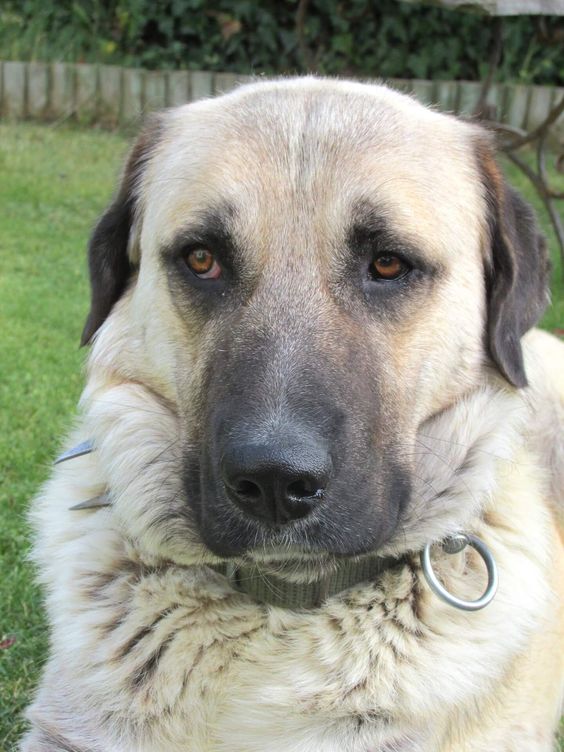
Understanding the Kangal Shepherd Dog’s temperament is crucial to their interaction with people, other animals, and their surroundings. Here are some behavioral traits that define this breed:
Gentle Nature
Kangals, often called gentle giants, are known for their calm demeanor. They show affection and loyalty, making them great companions.
Guardian Instinct
These dogs have an instinct to protect their family and territory. This makes them excellent watchdogs who will bravely defend against threats.
Smart and Teachable
Kangals are intelligent and respond well to training. With the proper guidance, they learn commands and can perform various tasks.
Need for Social Interaction
Early socialization is crucial for Kangals to ensure they behave well around others. Regular interactions help them develop a friendly attitude.
The Kangal’s combination of strength, loyalty, and intelligence makes them reliable protectors and hardworking dogs. Proper training and socialization are essential for them to thrive.
Gentle Giant Nature
Kangal Shepherd dogs stand out for their impressive size and calm yet watchful nature. They are known for being intensely loyal, independent, and protective, which makes them excellent family pets. These dogs are exceptionally gentle with children, reinforcing their positive image. With a strong and steady temperament, they live up to the title of man’s best friend, and their instinct to guard ensures they’re trustworthy protectors, yet they’re not overly aggressive.
It’s important to start socialization and training early to bring out the best in these dogs. Even with their large size, they’re known to be gentle with other animals, from livestock to family pets. Still, they can be wary of strangers, reflecting their traditional use as defenders against predators.
Protective Instincts
Kangal Shepherd Dogs are known for their instinctual protective nature, making them excellent guardians for livestock and human families. These dogs are profoundly loyal and prefer to be somewhat independent, traits that help them excel at safeguarding animals. Unlike breeds with high prey drives, Kangals focus on creating strong bonds and defending their pack. They remain serene around kids yet are always alert to danger.
Their keen senses and imposing presence are particularly effective against large predators like wolves and bears. Kangals have a stable temperament and a gentle approach when interacting with animals, kids, and other household pets. This makes them more friendly compared to other guardian breeds. These characteristics equip Kangals to both prevent and if needed, engage with threats to keep their flock or family safe.
Intelligence and Trainability
Kangal Shepherd Dogs are known for their protective nature, coupled with a remarkable level of intelligence and trainability. These dogs have a knack for solving problems quickly, which is a testament to their smarts and helps them quickly learn new commands.
However, Kangal owners must remember that these dogs have a streak of independence, so it’s crucial to stick to consistent, firm training that uses positive rewards. This type of training is critical to helping Kangals understand the difference between real dangers and harmless situations.
They have excellent memory skills, enabling them to remember complex instructions and adapt to various scenarios. Kangal Shepherd Dogs do best with experienced owners who can provide structured training and establish themselves as leaders.
Socialization Needs
For a Kangal Shepherd Dog to grow up well-behaved and friendly, they must get a lot of socialization starting when they’re young. These dogs naturally want to protect, so they need to meet many people and other animals and experience different places. This helps them learn how to act appropriately. It’s best to start this when they’re puppies to prevent them from becoming aggressive or too scared.
Having your dog meet and play with other dogs, pets, and new people regularly is vital for teaching them good social skills. You should keep training and socializing your Kangal throughout its life to keep up its good behavior and stop any bad habits from forming. Doing this will help the dog become a loving part of your family and meet its social interaction needs.
Energy and Exercise Requirements
Kangal Shepherd Dogs are known for their high energy and need for intense exercise due to their origins as livestock protectors. These dogs thrive on regular physical and mental challenges to stay healthy. Without enough activity, they may become anxious or show unwanted behaviors.
Owners must take them on daily walks or hikes and play interactive games. A secure space for these dogs to move around freely is also crucial. This caters to their need for movement and protective and territorial instincts, providing a positive outlet for their energy.
Common Health Concerns
Kangal Shepherd Dogs are typically known for their robust health and long lifespans. However, they can still inherit specific health issues that must be monitored. By understanding these genetic risks and taking steps to prevent them, owners can help keep their dogs healthy. Genetic testing and careful breeding can reduce the chance of these issues being passed down.
Regular vet visits and keeping up with vaccinations are critical preventive care steps. A dog’s lifespan is also affected by good diet and exercise. Spotting health problems early can make a big difference.
Taking these steps proactively helps Kangal Shepherd Dogs live whole, healthy lives.
Hereditary Health Issues
Kangal Shepherd Dogs may experience a few hereditary health issues that owners should watch out for. Hip dysplasia is a common concern where the hip joint doesn’t fit together correctly, leading to pain and difficulty in movement. Entropion is another condition where the dog’s eyelids roll inwards, causing discomfort and potentially requiring surgery to fix. Tumors can also be a problem in Kangals, highlighting the need for regular health checks.
A good diet, regular exercise, and proper grooming are vital to keep these dogs healthy. Regular check-ups with a vet can help catch any issues early on. It’s best to tackle these problems promptly to ensure a Kangal Shepherd Dog maintains a good quality of life.
Preventive Care Measures
Ensuring the well-being of Kangal Shepherd Dogs involves proactive steps, such as routine veterinary visits. These visits are crucial to catching and addressing health problems early on. Originally bred to protect livestock from predators like wolves, Kangal Shepherds are strong dogs that may develop joint issues such as hip dysplasia, especially given their large size. Regular vet checks help monitor for such conditions.
It’s common for Kangals to suffer from entropion, a condition where the eyelid turns inward, irritating. Monitoring their eye health and getting veterinary care if they notice any signs of trouble is essential to prevent discomfort. Good oral hygiene is crucial, too, as it helps prevent gum disease. You can do this by brushing their teeth regularly and providing dental chews.
Maintaining a balanced diet and ensuring your Kangal gets plenty of exercise is also essential. This practice helps prevent obesity, which can put extra pressure on their joints and lead to further health issues.
Lifespan Expectancy Factors
Preventive healthcare is critical to the longevity of a Kangal Shepherd Dog. Regular vet visits for these Turkish livestock guardians can catch hereditary issues like hip dysplasia and entropion early. Seeing these problems early can lead to a longer life for these dogs. They typically live between 12 to 15 years.
Keeping these dogs both physically and mentally active helps prevent health issues. Their diet also plays a crucial role, which should match their large size and active role as protectors. Good care, genetics, proper nutrition, and exercise all contribute to a Kangal Shepherd Dog’s lifespan.
Grooming Requirements
Proper grooming is crucial for the health and comfort of Kangal Shepherd Dogs. This breed requires a consistent grooming routine that should include:
- Brushing their coat regularly helps minimize shedding and keeps their skin in good condition.
- Giving them baths as needed with shampoos made for dogs ensures they stay clean.
- Trimming their nails is essential to avoid overgrowth, which can cause pain and problems walking.
- Cleaning their ears is essential to prevent infections that can arise from the buildup of dirt and wax.
These steps keep Kangal Shepherd Dogs looking good and prevent health issues related to their skin and coat.
Brushing Frequency
To keep a Kangal Shepherd dog’s coat healthy and looking good, it’s recommended to brush it at least once or twice every week. This routine helps manage their thick undercoat and cuts down on shedding. Brushing regularly is critical to preventing knots and tangles from forming, especially when shedding more.
Using the correct brush for their coat length ensures you get rid of dead hair and spread the dog’s skin oils evenly. Regular grooming isn’t just about keeping the coat in good shape; it also allows you to check for skin problems or pests like ticks and fleas.
Bathing Schedule
Keeping your Kangal Shepherd Dog clean and healthy goes beyond just regular brushing. It’s important to bathe them thoroughly every six to eight weeks. When you wash your Kangal, use a gentle shampoo and conditioner suitable for their specific coat type. This helps to keep their skin free from irritation and their coat’s natural oils intact.
During bath time, it’s vital to rinse out all the shampoo to prevent any skin problems from developing. Regular grooming should also cover ear care, nail clipping, and dental hygiene to maintain your dog’s overall health. If you’re not confident in doing these yourself, getting help from a professional groomer is a good idea.
Nail Trimming
Keeping your Kangal Shepherd Dog’s nails trimmed is crucial for their foot health and comfort while walking. This task is essential for all dog breeds, including the sturdy Turkish Kangal. If a dog’s nails get too long, they can cause problems like an awkward walking style and painful foot conditions, such as splayfoot. Ignoring nail care can damage a dog’s bones and joints in extreme cases.
How often you need to trim your Kangal’s nails depends on their activity and the types of surfaces they walk on. Dogs that spend much time on the hard ground may not need their nails trimmed as often because the surfaces can help keep nails short. Using the right tools and knowing how to trim nails is essential to avoid hurting your dog.
Nail care is a must for your Kangal Shepherd Dog to keep them moving without pain. Overgrown nails can mess up their walk and cause pain. Dogs not walking on hard surfaces might need more frequent nail trims. Use the proper tools and techniques to trim your dog’s nails safely.
Ear Cleaning
Taking care of a Kangal Shepherd Dog’s nails is critical for its ability to move comfortably, just like keeping its ears clean is vital to avoid infections and hearing problems.
The Kangal, known for its size and role as a protective breed from Turkey, needs routine grooming to stay healthy. When cleaning their ears, use a solution recommended by your vet. It would be best to gently clean the outer ear area with a cotton ball or pad, careful not to poke inside the ear canal. Keep an eye out for signs like redness, swelling, bad smells, or any discharge, as these could mean your dog has an infection and needs to see a vet.
Due to their hanging ears, Kangal Shepherd Dogs might require more regular ear cleanings to prevent moisture and dirt from building up, helping avoid discomfort and ear health issues.
Coat Health
Caring for a Kangal Shepherd Dog’s luxurious double coat is essential to keep it looking its best. Their coat, with a dense underlayer and a longer topcoat, offers protection against extreme weather. Regular brushing once a week helps maintain the coat’s condition and can reveal hidden skin problems. When they shed more heavily twice a year, step up the brushing to handle the extra hair.
This grooming routine helps keep their signature black mask and coat shiny and clean. Also, don’t forget to trim their nails and clean their ears to keep your Kangal in top shape.
Optimal Nutrition Guidelines
It is crucial to create an optimal diet for Kangal Shepherd Dogs due to their large size and moderate energy levels. Their diet must support strong muscles and good health. A balanced diet is vital, focusing on the right mix of proteins, fats, and carbohydrates.
Controlled feeding is essential to prevent weight gain while meeting their energy needs. Be aware of unique nutritional requirements from the breed’s genetics or specific health issues. Adjust their food intake as they grow, from puppies to adulthood and into their senior years, to meet their evolving dietary needs.
Balanced Diet Essentials
To maintain the health and strength of a Kangal Shepherd Dog, it’s essential to provide them with a diet that includes the right mix of protein, fat, carbs, vitamins, and minerals. This breed is known for its size and active nature, so their nutrition needs to support that. A proper diet for these dogs can come from high-quality dog food for large breeds or a vet’s diet.
Keeping an eye on their weight is important to avoid obesity, which can slow them down. Feeding them premium commercial dog food or a homemade diet based on thorough research should cover all their nutritional needs. This helps keep Kangal Shepherd Dogs in top form, always ready to guard and protect.
Portion Control Strategies
Managing the right food portions is essential for the health of Kangal Shepherd Dogs, as it matches their diet to their large size and active lifestyle.
These dogs are natural protectors who often choose to scare off threats instead of attacking, so they need a well-regulated diet to stay fit and not gain excess weight. Using measuring cups or a kitchen scale can help you give them the right amount of food based on how much energy they use.
It’s critical to monitor the dog’s condition, adjusting food amounts as needed to maintain a healthy weight. It’s better to have set meal times rather than allowing the dog to eat anytime, which can lead to overeating.
When giving treats, be careful about how many so the dog doesn’t get too many calories. Talking to a vet can help set up the right food portions for your Kangal Shepherd Dog’s specific needs.
Special Dietary Considerations
Portion control is critical in feeding a Kangal Shepherd Dog. These powerful Turkish dogs thrive on a diet tailored for large breeds, rich in protein, fats, carbs, vitamins, and minerals. Owners must work with a vet to customize the diet for the dog’s specific life stage and health conditions. Monitoring the dog’s weight regularly is vital to adjust their diet and keep them in top shape, avoiding the risk of obesity-related health issues.
